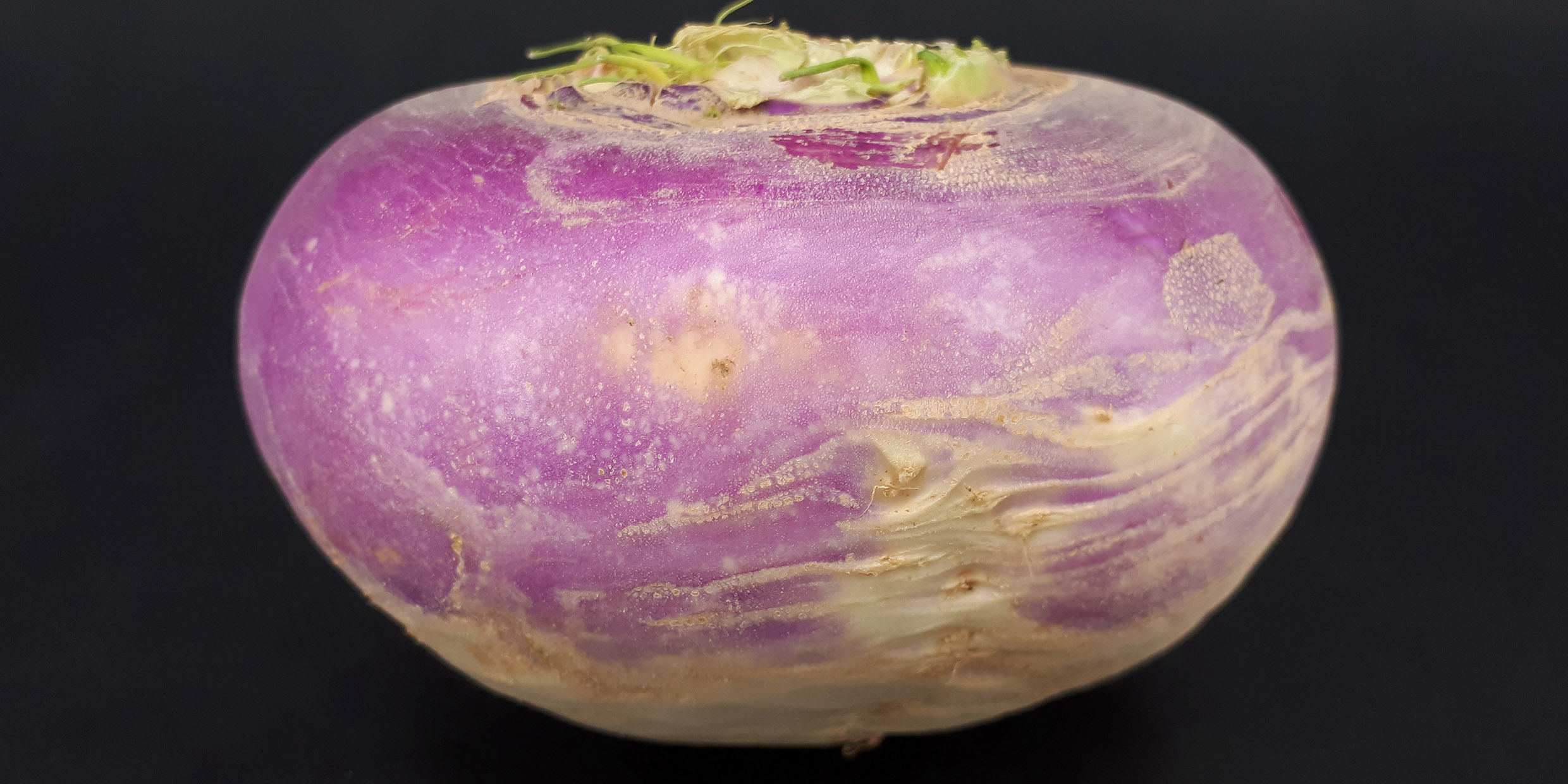Originally published 14 October 1985
This much is certain: The turnip is my cousin. The hummingbird and the humpback whale are twigs on my family tree. Bacteria and viruses are my kith and kin.
All species of life on Earth share a common chemistry and a common genetic inheritance. The evidence is strong that we are all descended from a single organism or group of organisms that appeared on the surface of the Earth not long after the planet formed from space dust. Those ancestral cells probably were similar to the most primitive bacteria existing today.
The common opinion among scientists is that Earth’s first living organisms arose spontaneously from nonliving matter, by random trial-and-error alliances of molecules, perhaps in primordial seas that were rich in pre-biological organic compounds and crackling with energy.
A less popular theory supposes that the first self-replicating cells arrived on Earth from space, alive and kicking and raring to go. Those hardy space bugs may have been included among the dust and gases out of which the planet formed.
Or perhaps they were carried to the surface of the young planet by comets, or as part of the dark dust clouds that drift through space. According to this view, life is common throughout space, perhaps co-extensive with the universe itself, in the form of hardy virus-like or bacteria-like spores. When these seeds of life find a suitable planetary environment — as presumably they did on Earth four billion years ago — they are capable of evolving into more complex organisms, and you and I are the offspring of spores from space.
The building blocks are out there
If I have relatives out there among the stars, I want to know it. In recent years, radio astronomers have detected in the dust and gas clouds of interstellar space the telltale radiation of a host of organic compounds. Amino acids, which are the backbone of the proteins, have been found in meteorites. All of the building blocks of life are apparently out there, in the materials out of which stars and planets form.
But, as yet, no one has demonstrated the existence of living cells in space.
Most scientists find it hard to believe that even the hardiest microorganisms could survive the rigors of outer space. Carl Sagan, for example, has analyzed the hazards of interstellar travel for unprotected microorganisms and pronounced them impossibly severe. In particular, it seemed unlikely that microorganisms could survive the near-perfect vacuum of space, the low temperatures, and the dangerous flux of ultraviolet radiation from surrounding stars.
But maybe we have underestimated the resiliency of life. Single-celled space bugs may be tougher than we think. In an August 1985 issue of the journal Nature, Peter Weber and J. Mayo Greenberg of the University of Leiden in the Netherlands report the first laboratory experiments to determine whether microorganisms could survive as drifters in space.
Bacteria spores (Bacillus subtilis) were subjected to conditions of high vacuum, low temperature, and ultraviolet radiation similar to those that exist in space, and the survival rates of the spores were measured. The experiments made it clear that ultraviolet radiation is the greatest threat to spores in space.
Avoiding the traffic hazards
Surprisingly, the low temperatures of space give bacteria a greater resistance to radiation that they would have at ordinary temperatures. Weber and Greenberg estimate that a typical survival time for a naked spore adrift in space is on the order of hundreds of years: not a bad span of life, but much too short a time for a spore to complete a journey between stars.
There are ways space-traveling bacteria might be protected from ultraviolet radiation. If the spores travel within the dark dust clouds that are known to drift through space, they would be shielded by the cloud from some of the deadly radiation.
Further, in such clouds the spores could become coated with a thin mantle of ice. The Dutch experiments showed that an icy armor significantly increases the survival rate of bacteria. When both factors are taken into account, the survival time of spores in space increases to millions or tens of millions of years, more than enough time to make the passage from one star system to another.
So some bacteria, at least, are likely to be hardy space sailors, capable of withstanding tempest and calm. If our ancestral cells had their origin in interstellar dust clouds, or on a planet somewhere far across the galaxy, it is not impossible that their progeny made their way across oceans of space to colonize the island Earth. We may yet discover that the dark dust clouds of space are great arks, teeming with living cells, drifting among the stars and seeding planets.
If this is so, the tree of life embraces the entire galaxy — perhaps even the universe — and we are a clan of creatures with kin upon the planets of a billion stars.



